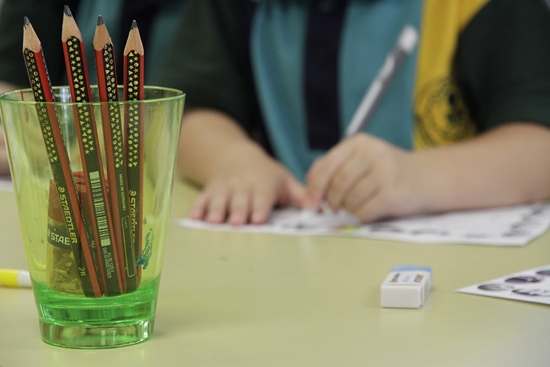Teachers design curriculum around engaging, real-life and relevant issues and challenges that are meaningful for students and society. This means drawing on the best of traditional forms and responding to changing social contexts. In response to this, the five main elements of our curriculum are: English – this curriculum is built around the
three interrelated strands of Language, Literature and Literacy. Teaching and
learning programs should balance and integrate all three strands. Together, the
three strands focus on developing students’ knowledge, understanding and skills
in listening, reading, viewing, speaking, writing and creating. Learning in
English builds on concepts, skills and processes developed in earlier years,
and teachers will develop and strengthen these as needed.
Mathematics - The proficiency strands understanding, fluency, problem- solving and reasoning are an
integral part of mathematics content across the three content strands: number
and algebra, measurement and geometry, and statistics and probability. The
proficiencies reinforce the significance of working mathematically within the
content and describe how the content is explored or developed.
Science- including biological, chemical, physical and Earth and space sciences. The science content includes the three
strands of science understanding, science inquiry skills and science as a human
endeavour. The three strands of the curriculum are interrelated and their
content is taught in an integrated way..
Humanities and Social Sciences - In a
world that is increasingly culturally diverse and dynamically interconnected,
it is important that students come to understand their world, past and present,
and develop a capacity to respond to challenges, now and in the future, in
innovative, informed, personal and collective ways. Humanities and Social
Sciences is organised into two interrelated strands: knowledge and
understanding and inquiry and skills.
Technologies - comprises two subjects: Digital Technologies and Design and Technologies that aim to
develop the knowledge, understanding and skills to ensure that, individually
and collaboratively, students are critical users of technologies and designers
and producers of designed solutions. In an increasingly technological and complex world, it is
important to develop knowledge and confidence to critically analyse and
creatively respond to design challenges.
Health and Physical Education - The Australian Curriculum:
Health and Physical Education is organised into two content strands: personal,
social and community health and movement and physical activity.In an increasingly complex,
sedentary and rapidly changing world it is critical for every young Australian
to not only be able to cope with life’s challenges but also to flourish as
healthy, safe and active citizens in the 21st century.

Complementing these curriculum offerings, students also receive explicit teaching in Information Communication Technology (computers), Health and Physical Education, Music and Language other than English (LOTE) - Chinese from specialist teachers.